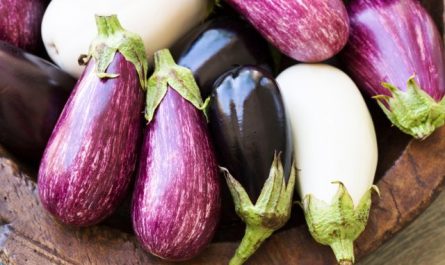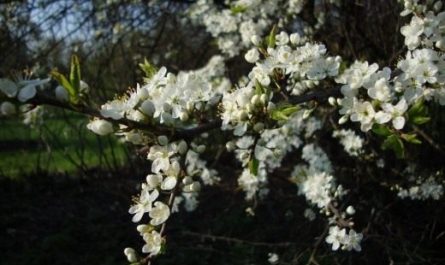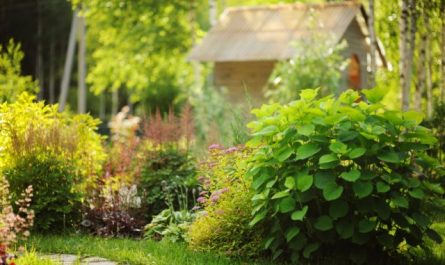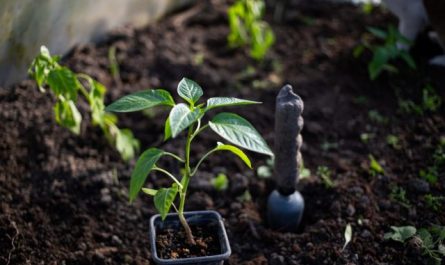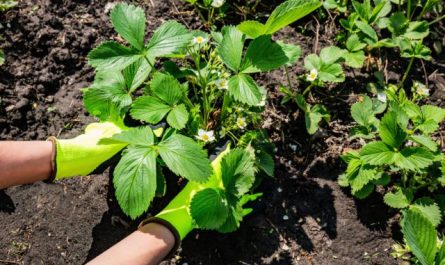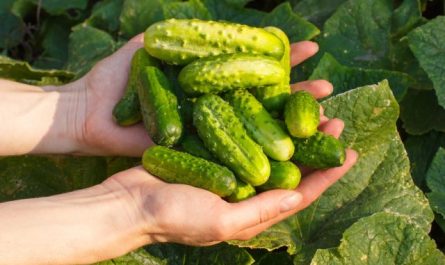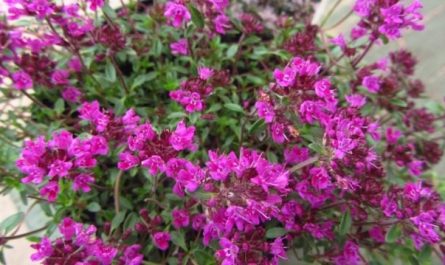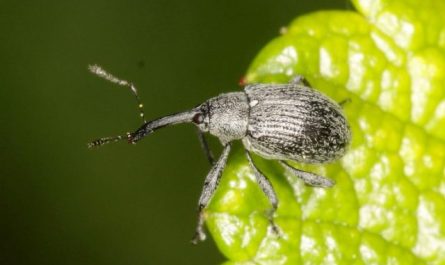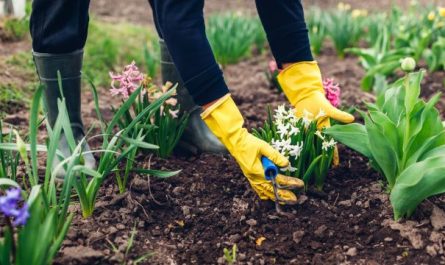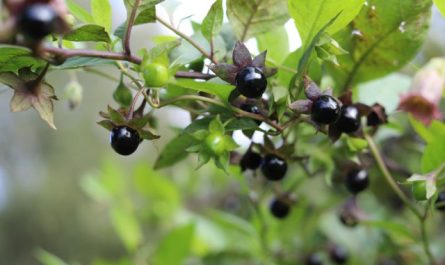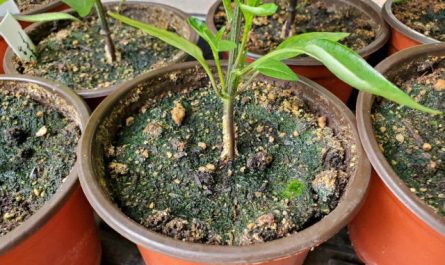Brussels sprouts produce 40 to 90 walnut-sized heads of cabbage on their stems. They are thicker and larger at the bottom. The plant is up to 1 m long. Flowering shoots appear in the second year of life, which then produce seeds. The plant has an unusual and attractive appearance.

© g23armstrong
Small dense heads of cabbage are used as food. They contain a lot of protein, vitamins C, PP of group B, carotene, mineral salts. By the way, in terms of nutritional properties, Brussels sprouts are ahead of traditional white cabbage and are a record holder for the content of potassium, phosphorus and iron. And it even has three times more vitamin C than lemons, oranges and white cabbage. Moreover, its amount does not decrease during storage and processing. And in terms of the presence and ratio of amino acids, this cabbage is not inferior to the protein of meat and milk. Therefore, it is considered one of the most valuable vegetables.
It is especially useful for cardiovascular diseases (due to its significant potassium content), reduced immunity and diabetes. Due to its low fiber content, it is recommended for people with stomach ulcers. A decoction of it is recommended for long-term illnesses or after physical overload.

© Lars Plougmann
Brussels sprouts are used to make salads, side dishes for meat and fish dishes, marinated, boiled or fried as a separate dish. They are boiled for a short time so that the leaves do not become soft. In many countries, they are traditionally served with turkey. And how beautiful the small, tight, light-green heads look on the plate! It is a national dish for the Belgians.
The vegetation period of Brussels sprouts is long (135-160 days), so it is grown mainly by seedlings, although it is possible without seedlings. Seeds for seedlings are sown in March – early April, and planted in open soil in May at the age of about 45 days, when there are already 4-6 leaves. The depth of seed planting is 1 cm. When planting in open soil, seedlings are deepened to the first leaves. Planting pattern – 70 × 60 cm. Good predecessors for it are potatoes, carrots, green manure, cucumbers, grain and legume crops. Undesirable predecessors are cabbage, beets, tomatoes, radishes, radishes. Cabbage is returned to the beds only after 4 years.

© arnold | inuyaki
Since it grows slowly, early tomatoes, cucumbers and other vegetables can be planted between the rows. Caring for Brussels sprouts and white cabbage is similar. There is no consensus on hilling the plants. Some vegetable growers believe that this should not be done. Others, on the contrary, argue that it is necessary, since they have a high stem. The plant loves light, does not tolerate piercing winds, so it is planted in places protected from drafts. By the way, unlike other types of cabbage, it is less affected by clubroot. The most popular variety is Hercules.
It is better to grow Brussels sprouts on soils with a low nitrogen content, because on nitrogenous soils the heads do not curl well and are soft. It also does not like fresh manure, it is better to add compost. This is a fairly drought-resistant crop, since, unlike white cabbage, it has a stronger root system. But for a good marketable appearance, it requires a sufficient amount of moisture, especially in the phases of intensive leaf growth and fruit formation.

© LHOON
During the period of head formation, it is advisable to feed the plants 1-2 times with superphosphate and potassium sulfate (30 g per 10 l of water). 1 l of solution is enough for each plant. Cow dung (1:10) and bird droppings (1:20) are also used for feeding. Plants and soil in the garden bed are also dusted with wood ash from pests (a glass per 1 sq. m).
However, it is important not to “overfeed” the plantings, since this increases the vegetation period and delays development. To stop the growth of the stem and thereby speed up the ripening of the heads, you should pinch the tops of the plants. This is usually done in mid- to late August. However, pinching the tops too early can lead to cracking and lignification of the fruits.

© Joost J. Bakker IJmuiden
Brussels sprouts are cold-resistant and can be harvested until December. Adult plants can withstand temperatures down to minus 5-8 degrees. The optimal temperature for growing is 15-18. Higher temperatures, as well as excessive moisture, lead to delayed fruit development. A sign that they are ripe is the falling off of the leaves. The largest leaves in the lower axils are cut off first with a sharp knife.
To freeze the heads, put them in plastic bags, tie them tightly and put them in the freezer. But fresh Brussels sprouts do not keep well. To store them in the cellar, cut off the stems together with the heads (tear off any leaves left on them) and bury them in the sand. Then the heads will be dense and juicy. At a temperature of 0-1 degree and air humidity of 90-95%, they can be stored for up to 2 months.

© norwichnuts
To prepare dishes from this cabbage, the heads are cut not too close to the base, as they easily fall apart. During stewing, make sure that the leaves do not separate. To avoid bitterness, it is advisable to carefully cut the heads before cooking. The taste of Brussels sprouts is very delicate.
